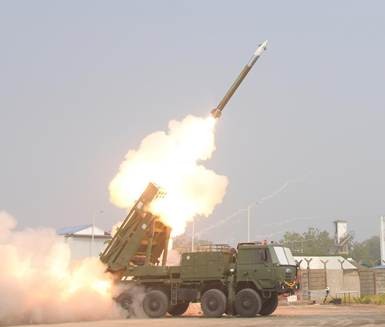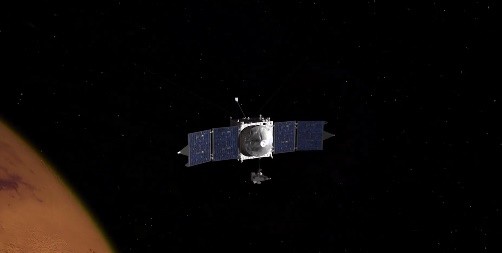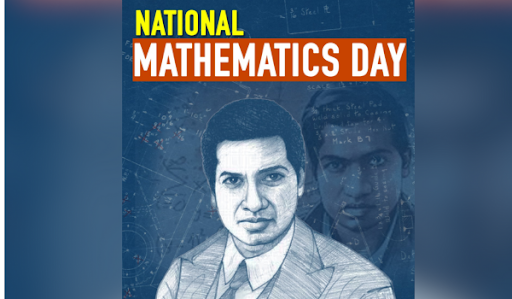



Krutrim’s Kruti, an agentic AI, actively handles tasks like cab booking and food ordering, supporting 13 Indian languages with personalization and free premium features. CoRover’s BharatGPT Mini, launched concurrently, supports 14 Indian languages, optimized for low-end devices, emphasizing privacy and efficiency for India’s AI ecosystem.

Copyright infringement not intended
Picture Courtesy: BUSINESS-STANDARD
The launch of Krutrim's 'Kruti' and CoRover's 'BharatGPT Mini' signals a new phase in India's AI journey.
AI startup Krutrim has launched Kruti, an AI assistant that represents a leap from traditional chatbots to what is known as "agentic AI".
What is Agentic AI? => Unlike a standard chatbot that provides text-based answers to queries, an agentic AI is designed to be a proactive "doer". It understands a user's goal and can autonomously perform multi-step tasks by integrating with other applications and services. For example, instead of just telling the best way to get to the airport, an agentic AI like Kruti can book the cab.
Key Features of Kruti
Kruti is built to perform actions like booking cabs, ordering food, paying bills, and generating images, not just responding to questions.
It operates in 13 Indian languages and is optimized for mobile users, reflecting how most Indians interact with technology.
It is designed to work with various apps, reducing the need for users to switch between different services to complete a task.
Krutrim provides a Software Development Kit (SDK) that allows developers to integrate Kruti's capabilities into their own platforms with minimal coding.
CoRover introduced BharatGPT Mini, a Small Language Model (SLM) designed to make AI accessible even in resource-constrained environments.
What are Small Language Models (SLMs)? => SLMs are lightweight versions of Large Language Models (LLMs) like GPT-4. They are trained on smaller, often more specialized datasets, which makes them faster, cheaper to run, and ideal for specific tasks. Their compact size allows them to run on devices with less computational power, such as standard smartphones, without constant reliance on the cloud.
Key Features
It is engineered to perform efficiently without requiring high-end hardware or cloud infrastructure.
It works offline, which is crucial for regions with poor internet connectivity. By processing data on the device, it also enhances user privacy.
The model supports text-based tasks in 14 Indian languages, aligning with the national goal of digital inclusion.
While LLMs are good for complex, general-purpose tasks, SLMs like BharatGPT Mini can provide fast and efficient solutions for specific domains like banking, healthcare, or government services.
Must Read Articles:
Sarvam AI to Build India's AI Model
Artificial General Intelligence
Source:
|
PRACTICE QUESTION Q. What is the main difference highlighted between Small Language Models (SLMs) and Large Language Models (LLMs)? A) SLMs are better for complex tasks, while LLMs are faster. B) SLMs are for specific domains and are efficient, while LLMs handle more complex tasks. C) SLMs support more languages than LLMs. D) SLMs are more expensive to operate than LLMs. Answer: B Explanation: Small Language Models (SLMs) are designed for specific tasks and are efficient with smaller sizes and simpler architectures. They are often used for simpler applications like chatbot responses or sentiment analysis. Large Language Models (LLMs) are trained on massive datasets and have a larger number of parameters, allowing them to handle more complex tasks like text generation, translation, and question answering. They offer greater accuracy and depth of understanding compared to SLMs. |









© 2026 iasgyan. All right reserved